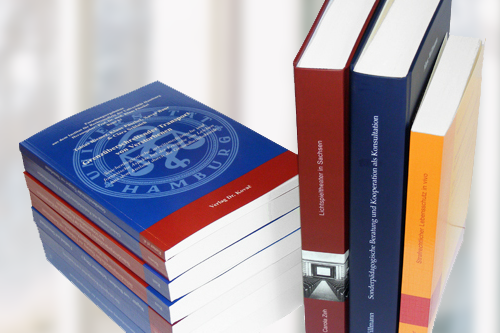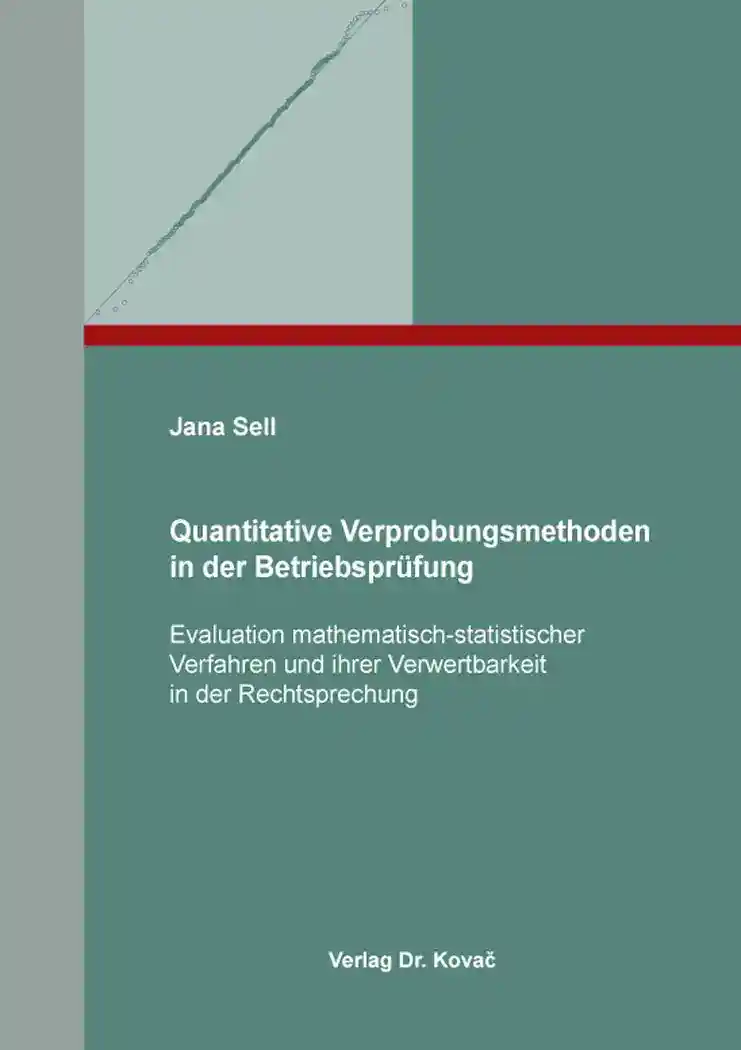Jana SellQuantitative Verprobungsmethoden in der Betriebsprüfung
Evaluation mathematisch-statistischer Verfahren und ihrer Verwertbarkeit in der Rechtsprechung
QM – Quantitative Methoden in Forschung und Praxis, volume 52
Hamburg 2021, 272 pages
ISBN 978-3-339-12240-7 (print) |ISBN 978-3-339-12241-4 (eBook)
About this book deutschenglish
The purpose of tax audit is to secure tax revenues and to ensure the uniformity of taxation. This requires the use of effective control methods. In the context of digital tax audit, the use of mathematical-statistical methods increases. These methods promise a cost and time efficient examination of large amounts of data. Their use is controversially discussed in the literature.
The focus of this book is on mathematical-statistical test procedures based on probability theory in the form of sampling and Goodness-of-fit-tests. Sampling is used to make a conclusion on a population by selecting only a part of it. The most common sampling method in tax audit is Monetary Unit Sampling. Goodness-of-fit-tests are used to evaluate data distribution. In tax audit, the premise is used that nonconformity of the digit pattern of daily earnings to Benford’s Law (digit pattern analysis) and nonconformity of the distribution of daily earnings to lognormal distribution is indicating fraud.
These quantitative tax audit methods are analyzed with regard to their methodological suitability. In doing so, possibilities and limits of the practical application are shown and discussed based on exemplary illustrations. Based on this, it is shown how the results of statistical tests are to be correctly interpreted and how they are used in law.
Keywords
BenfordBetriebliches PrüfungswesenDigitale BetriebsprüfungLognormalverteilungMathematisch-statistische VerfahrenMonetary Unit SamplingRechtsprechungStatistikStichprobenVerprobungVerprobungsmethodenVerteilungstestsVerwertbarkeitIhr Werk im Verlag Dr. Kovač

Möchten Sie Ihre wissenschaftliche Arbeit publizieren? Erfahren Sie mehr über unsere günstigen Konditionen und unseren Service für Autorinnen und Autoren.
